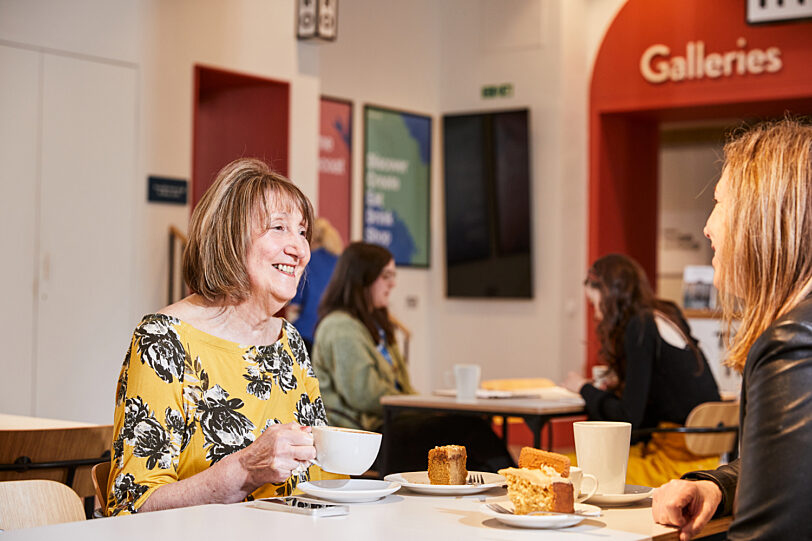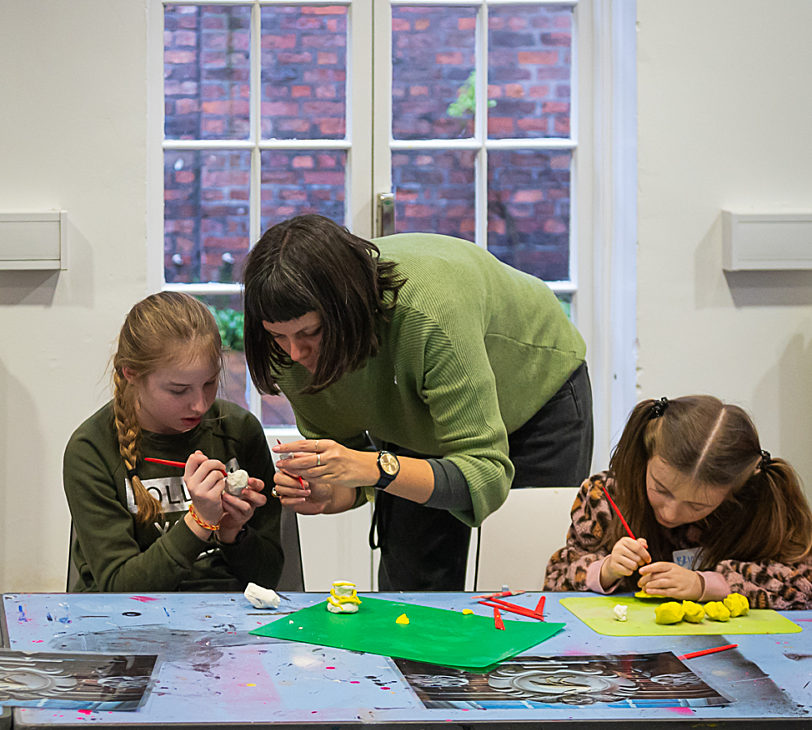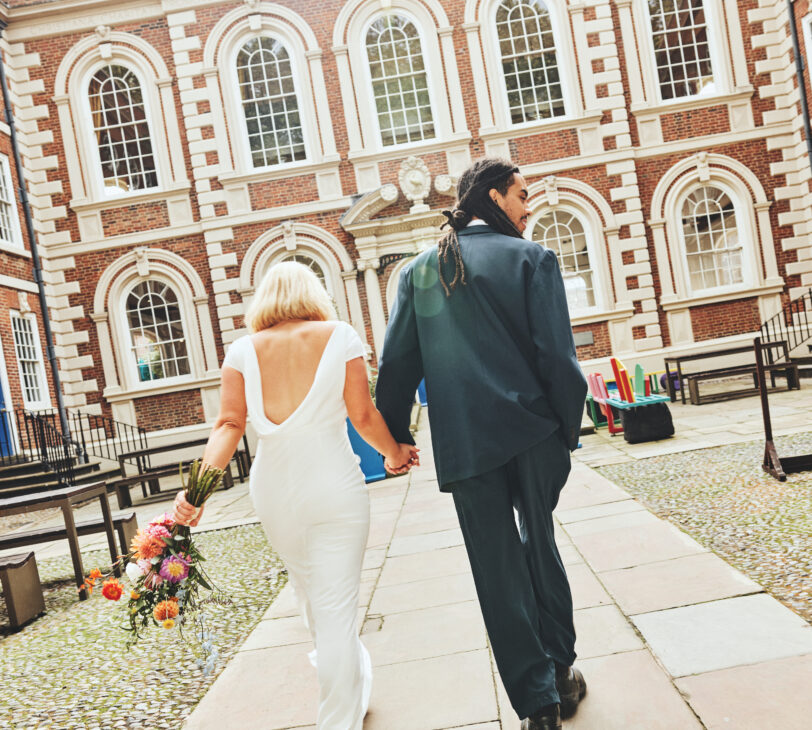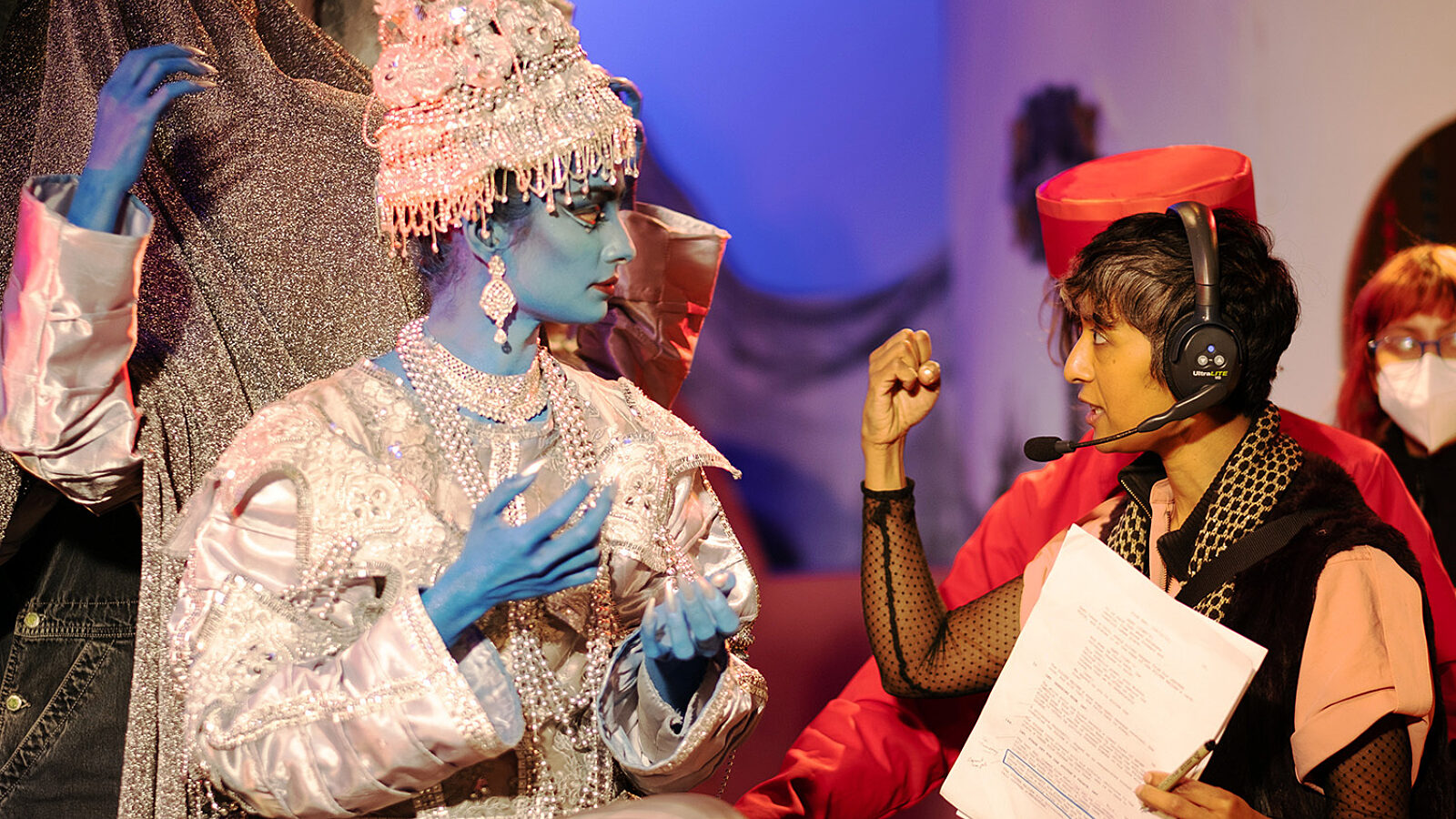
Michelle Williams Gamaker: Our Mountains Are Painted on Glass
Our Mountains Are Painted on Glass is an exhibition by Michelle Williams Gamaker, as part of our The Lives of Artists season. The exhibition at Bluecoat will screen Thieves, a fantasy adventure retelling of The Thief of Bagdad.
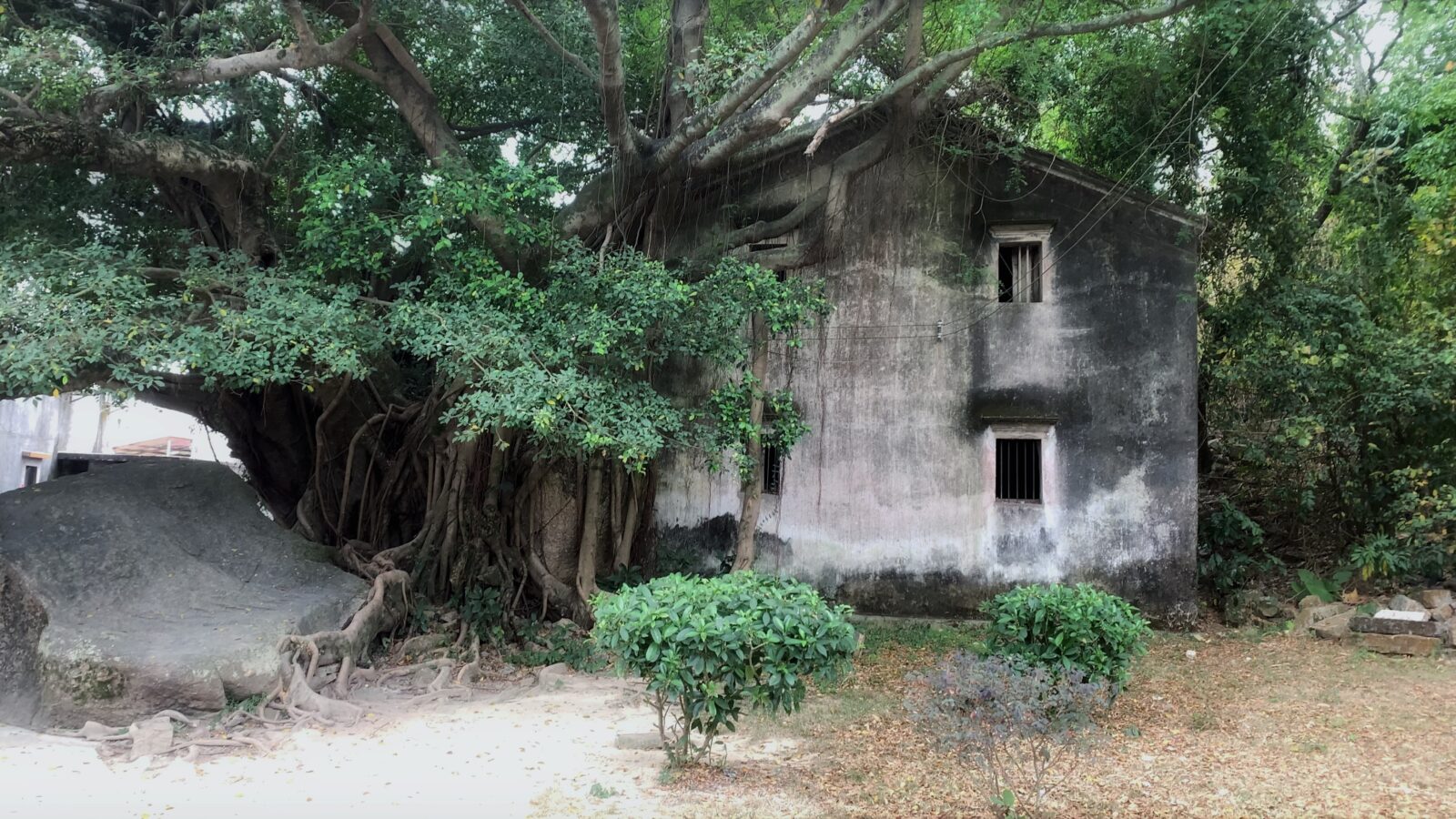
Dahong Hongxuan Wang: Role Model
Role Model is an exhibition by Dahong Hongxuan Wang as part of our The Lives of Artists season. The new film follows the path of Anna May Wong who travelled to her ancestral hometown of Taishan, Guangdong.
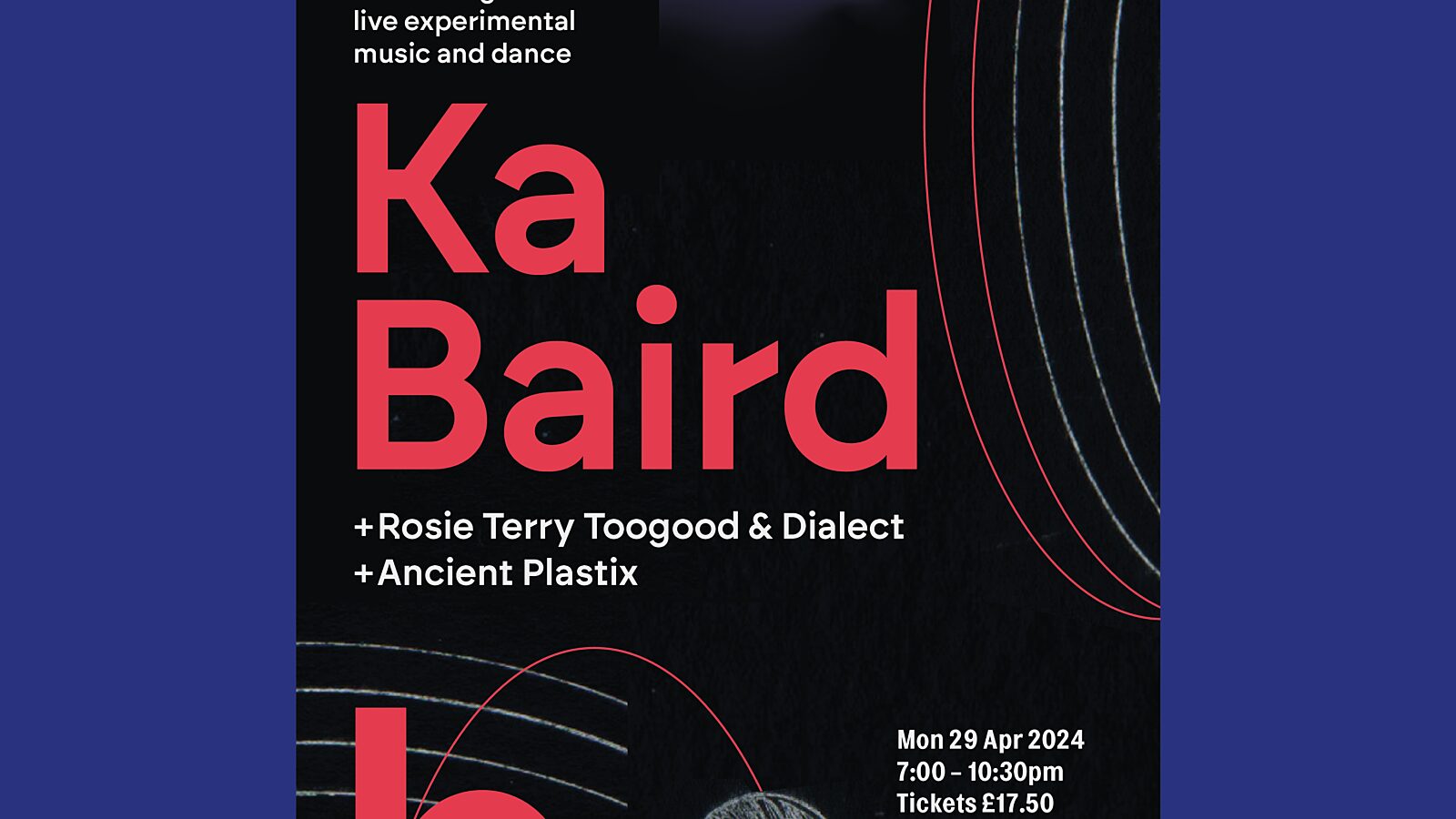
Live Performances from Ka Baird, Rosie Terry Toogood & Dialect, and Ancient Plastix
Join us this April for an evening of special live music and dance performances from Ka Baird, Rosie Terry Toogood & Dialect and Ancient Plastix.
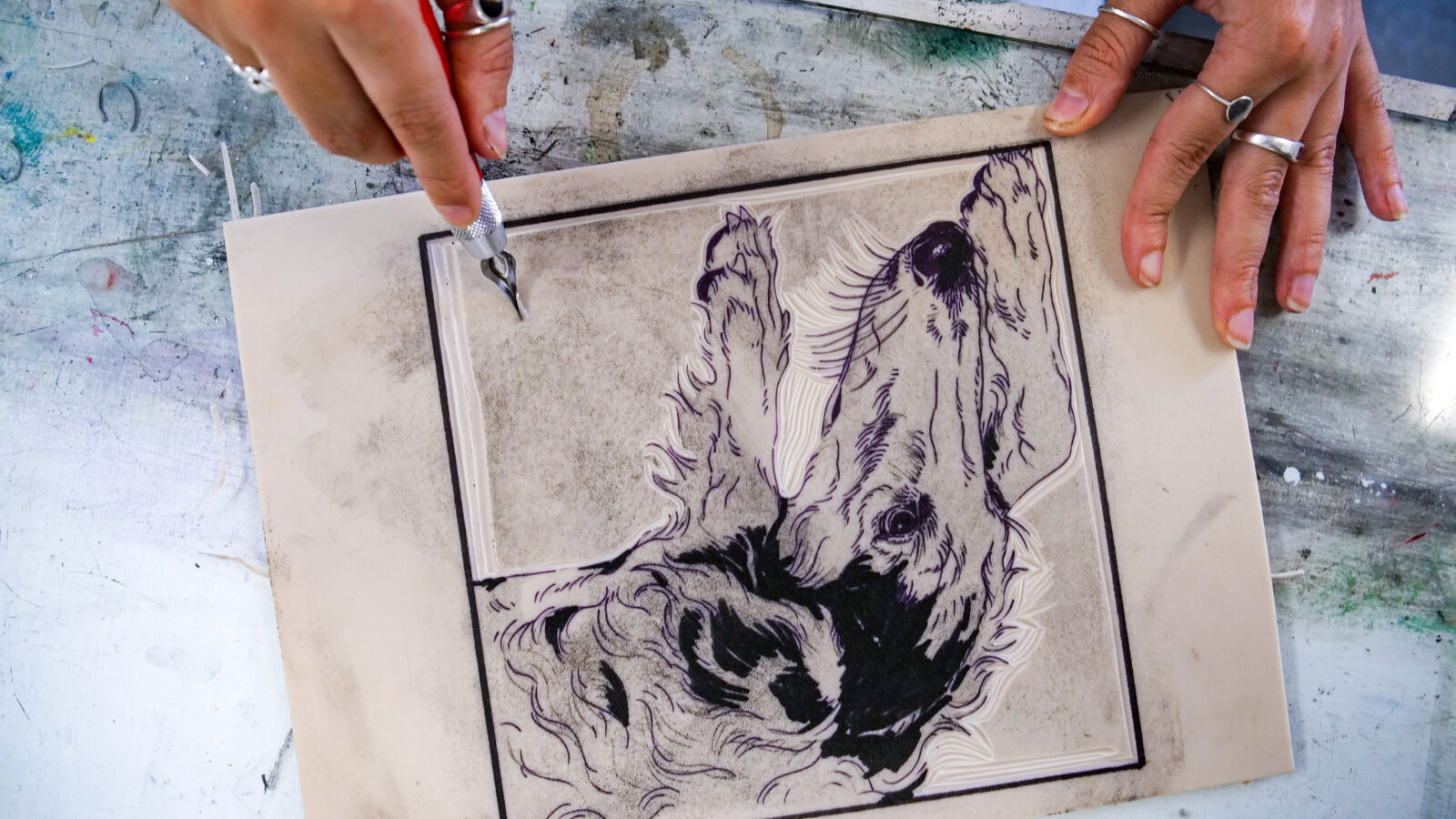
Print Workshops at the Bluecoat
Join us at the Bluecoat this spring for a fantastic series of print workshops. Whether you're a seasoned printmaker or a beginner looking to learn a new skill, we have something for everyone.
About Bluecoat
The Bluecoat is Liverpool’s contemporary arts centre, a working home for artists, and a place where audiences can experience art in new ways. With a city centre location and striking, Grade I-listed building, the Bluecoat has a dynamic programme of exhibitions and events, an award-winning programme for families and children, a bustling café and bistro serving delicious homemade meals. Our legendary garden and independent shops are open year-round.
News
Our Projects
Defined by 100 years of radical ideas and creativity, the Bluecoat is a place for exploration: where people can unearth new ideas, be inspired, examine and debate, and participate in new, unexpected ways. The projects we undertake aim to encourage participation from those who wouldn't usually have access to creative resources.
Event Hire
Book your event at one of the most iconic, creative buildings in the city. From weddings and birthdays to corporate events, we've got a space for you inside our landmark Grade I listed building.
Please fill out this online form to enquire about hosting your event at the Bluecoat.
Alternatively, get in touch with our experienced Event Team at events@thebluecoat.org.uk
The Library
Explore the Bluecoat’s rich history as the UK's first arts centre by searching past exhibitions and events, and discover the origins of our 300+ year old building that was founded as a charity school during Britain’s colonial era.














